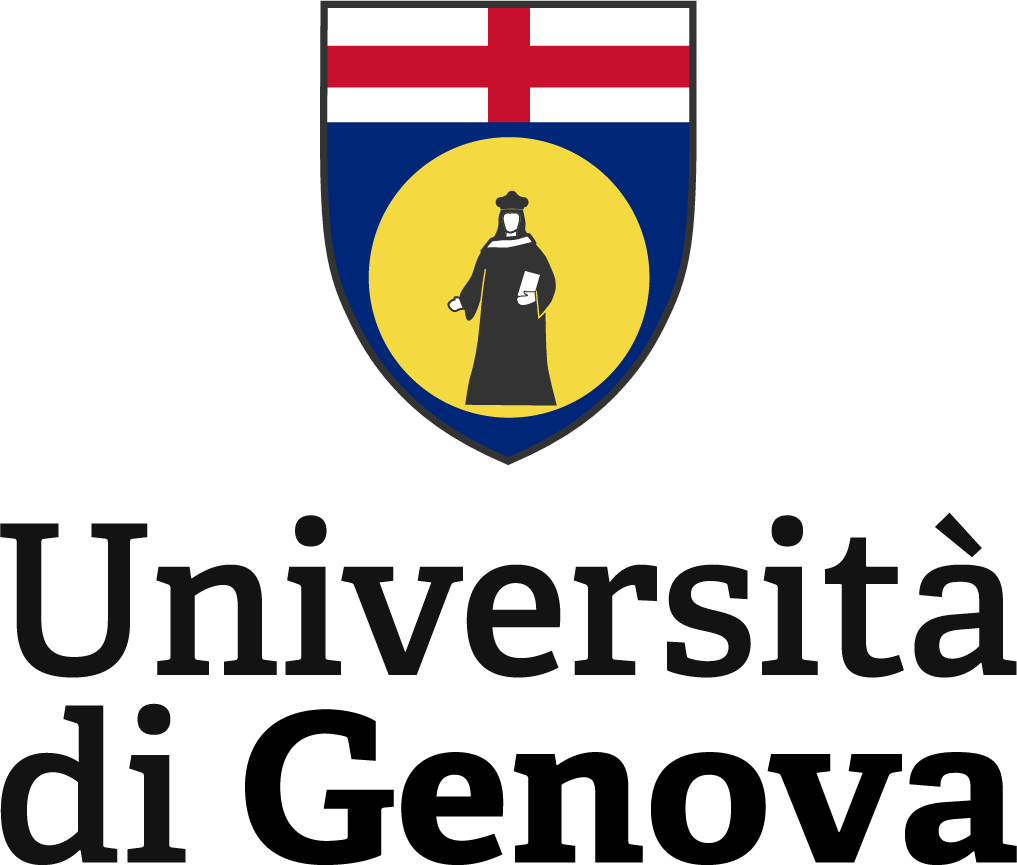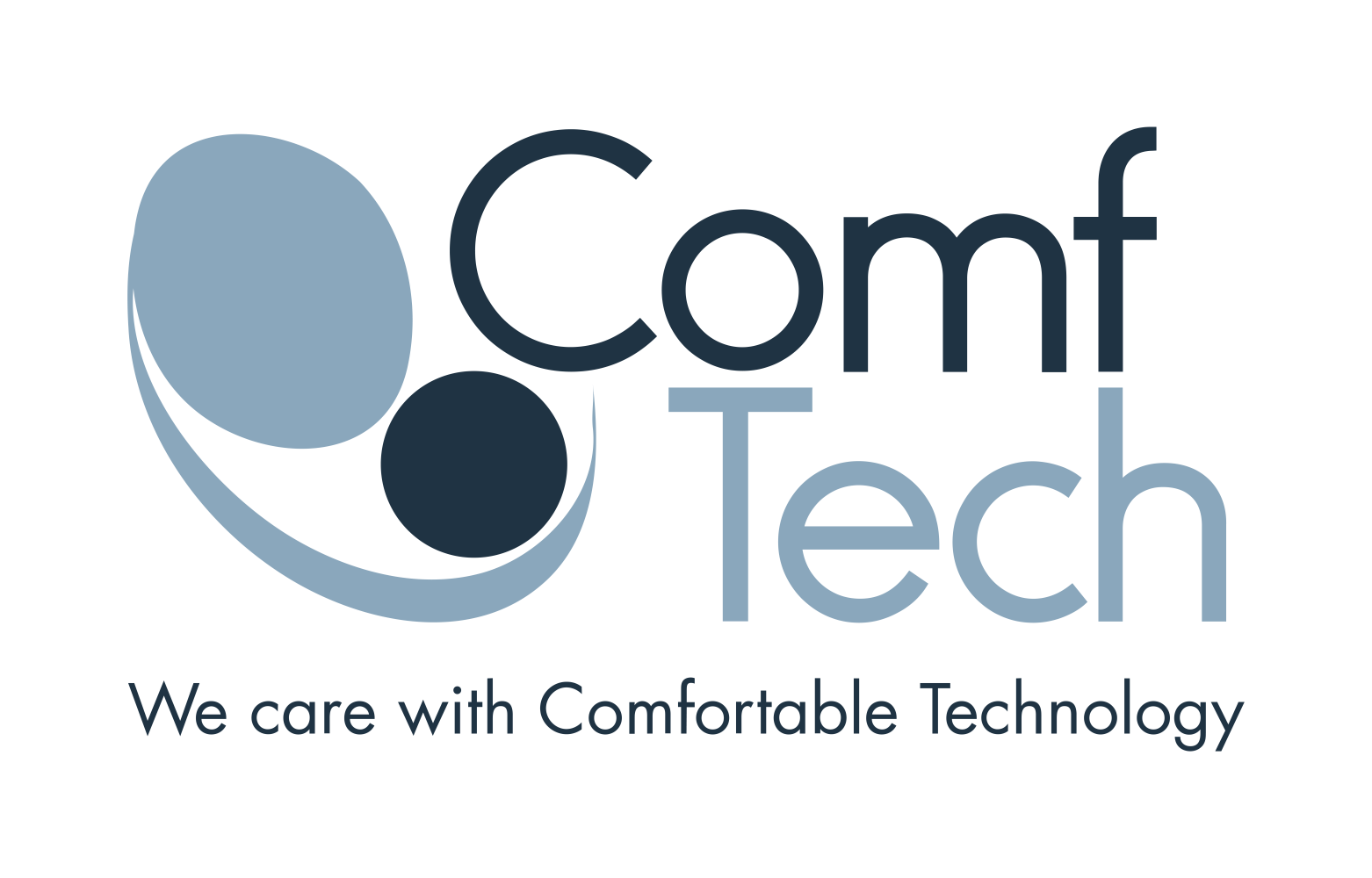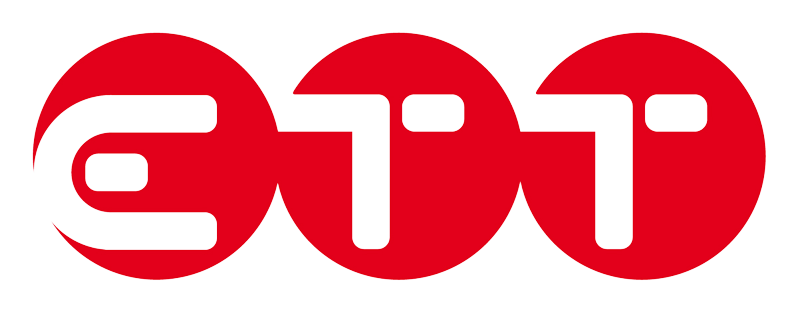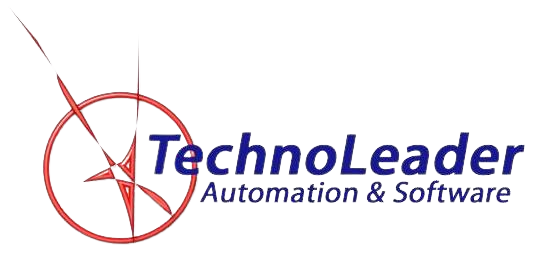CSW 2023

Computer Science Workshop 2023
4th Edition
May 31st, 2023, 9-17
Room 506, DIBRIS, Valletta Puggia, Department of the University of GenovaVia Dodecaneso 35, Genova, 16146 IT
con il contributo dell’Università degli studi di Genova
Motivation and goals
We are glad to announce the 4th edition of the Computer Science Workshop at the Department of Informatics, Bioengineering, Robotics and System Engineering (DIBRIS) at Università di Genova.
What about research in Computer Science?
Computer Science is constantly increasing in complexity with many and many new fields of research emerging. Here, at the University of Genoa, we are involved in some of these fields as Virtual and Augmented Reality, Multi-Agent systems, Data Science, Data Management, Computer Graphics, Security, Machine Learning, Programming Languages, Logic, Computer Vision, Software Engineering and many others. The main goal of the workshop is discussing the many aspects of the Computer Science research fields, to present a broad perspective of this subject and look for possible (unexpected) interconnections.
We are glad to host four speakers:
- Mel Slater, University of Barcelona
- Fabio Zanasi, University College London
- Simone Melzi, University of Milano-Bicocca
- Vittorio Murino, University of Verona
Flyer
Abstracts
Fostering Prosocial Behaviour Using Virtual Reality - Mel Slater
 This talk will cover a series of studies where virtual reality scenarios have been used to promote prosociality. This will include bystander responses to violent behaviour, sexual harassment, and police behaviour towards African Americans. This work relies on the illusions of presence and body ownership in VR.
This talk will cover a series of studies where virtual reality scenarios have been used to promote prosociality. This will include bystander responses to violent behaviour, sexual harassment, and police behaviour towards African Americans. This work relies on the illusions of presence and body ownership in VR.
Algebraic Reasoning on Graphical Models: the Case for String Diagrams - Fabio Zanasi
 Since its early days, Computer Science has fruitfully investigated computational processes through the lenses of algebra and logic. It is very natural to regard the syntax of a programming language as generated by an algebraic signature of data types and operation symbols. But also expressing the semantics — the mathematical objects that we assign as meaning to programs — in terms of algebraic structures has proven to be useful. By giving program behaviour a rich formal structure, algebraic semantics crucially informs the development of tools for the design, verification, and analysis of software.
Since its early days, Computer Science has fruitfully investigated computational processes through the lenses of algebra and logic. It is very natural to regard the syntax of a programming language as generated by an algebraic signature of data types and operation symbols. But also expressing the semantics — the mathematical objects that we assign as meaning to programs — in terms of algebraic structures has proven to be useful. By giving program behaviour a rich formal structure, algebraic semantics crucially informs the development of tools for the design, verification, and analysis of software.
At the same time, many computational phenomena in computer science are best displayed with a graphical formalism — for example, digital circuits, quantum circuits, Bayesian networks, neural networks, signal flow graphs (control theory), and Petri nets (concurrency theory). These classes of objects resist formalisation as traditional syntax, for good reasons: a term-like representation (as syntax trees) would obfuscate the information exchange between the different components of the system — which may be crucial for its understanding, think for instance about entanglement in a quantum system or d-separation in a Bayesian network.
String diagrams emerged in the last two decades as a formal language to reason about graphical models, which takes the `best of two worlds’. On the one hand, string diagrams are a graphical formalism, and thus retain the information about resource flow which makes pictorial notation so appealing. On the other hand, string diagrams are also a syntax, which may be equipped with a semantics and reasoned about algebraically. This enables forms of analysis which were previously inaccessible to graphical models, allowing to study them with the established methodologies of programming language theory.
In this talk, I will give an introduction to string diagrams, surveying on some of their recent applications in Computer Science.
Spectral geometry processing: how to exploit signals defined on geometric data for the matching task - Simone Melzi
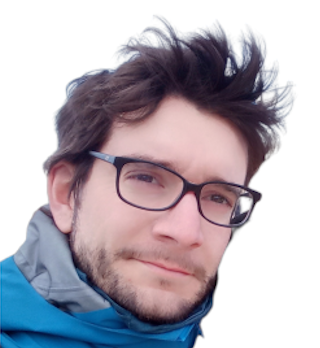 In this talk, I will describe the functional representation of the 3D shapes that can arise from spectral geometry processing. In particular, I will show how this representation provides an efficient computational method to estimate and analyze correspondences between shapes as pointwise spectral descriptors or through the functional maps framework. In the last decade, the functional maps were exploited in several computer graphics pipelines, becoming a milestone in the shape-matching community. I will give an overview of its original pipeline and some recently proposed solutions that improve this framework’s potential and functional representation impact in real applications.
In this talk, I will describe the functional representation of the 3D shapes that can arise from spectral geometry processing. In particular, I will show how this representation provides an efficient computational method to estimate and analyze correspondences between shapes as pointwise spectral descriptors or through the functional maps framework. In the last decade, the functional maps were exploited in several computer graphics pipelines, becoming a milestone in the shape-matching community. I will give an overview of its original pipeline and some recently proposed solutions that improve this framework’s potential and functional representation impact in real applications.
Computer Vision & Machine Learning for Behavior Analysis: A quick flyover of my old and new activities - Vittorio Murino
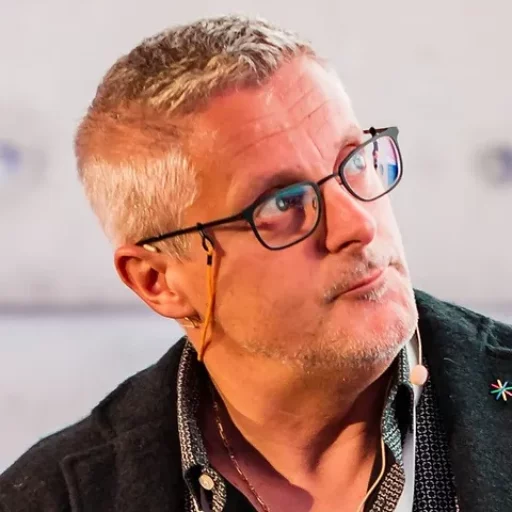 In this talk, I will review my activities of the last 10 years regarding computer vision and machine learning and related applications, mainly focused on behavior analysis. Starting from my main initial drive consisting in a genuine interest to analyse human social interactions looking at nonverbal behavior, I will briefly illustrate my main works on social signal processing, particularly focused on group detection, emergent leader detection, re-identification, action recognition and intention prediction. With the deep learning revolution, my interests shifted towards several topics, namely domain adaptation and generalization, multimodal learning, distillation, and xAI. In this context I will summarize my works related to domain adaptation, multimodal learning, and xAI. Along the years, my activity also touched in some way biomedical topics, for either the analysis of animal behavior or neuroimaging applications (e.g., connectomics studies): I will also give a short glimpse of my work in these scenarios.
In this talk, I will review my activities of the last 10 years regarding computer vision and machine learning and related applications, mainly focused on behavior analysis. Starting from my main initial drive consisting in a genuine interest to analyse human social interactions looking at nonverbal behavior, I will briefly illustrate my main works on social signal processing, particularly focused on group detection, emergent leader detection, re-identification, action recognition and intention prediction. With the deep learning revolution, my interests shifted towards several topics, namely domain adaptation and generalization, multimodal learning, distillation, and xAI. In this context I will summarize my works related to domain adaptation, multimodal learning, and xAI. Along the years, my activity also touched in some way biomedical topics, for either the analysis of animal behavior or neuroimaging applications (e.g., connectomics studies): I will also give a short glimpse of my work in these scenarios.
